Last month, the Victorian Cladding Taskforce delivered an interim report calling for bans on certain cladding products for multi-storey buildings. Aluminium Cladding Panels with a polyethylene core of more than 30 per cent, like what was found in the Grenfell and Melbourne Lacross building fires, will be banned on all multi-storey buildings in Victoria. The polyethelene bears no relationship to the expanded polystyrene (EPS) products manufactured by Foamex. However, the Taskforce have concluded that expanded polystyrene will be banned on multi-storey buildings.
Expanded Polystyrene (EPS) manufactured by Australian company Foamex complies with Australian building standards, it has never been linked to the horrendous outcomes mentioned above of using polyethylene in high rise buildings. Yet it has been put into the same category as polyethylene, a material with different combustible qualities than expanded polystyrene.
Never to be confused with polyethylene, all Foamex polystyrene building products have a fire-retardant component built into them; which means when the panels are exposed to a small flame source, they will shrink away from the naked flame.
In response to the ban, Foamex are working with Expanded Polystyrene Australia (EPSA) to ensure proper education and segregation of on our EPS product versus polyethylene.
Below is an excerpt from a letter put to the Victorian Minister for Planning by EPSA.
We would like to emphasise that Expanded Polystyrene Australia (EPSA) supports enhanced public safety with strong standards and policing around the area of flammable cladding. However, some of the statements and rhetoric in the interim report and subsequent communications are scaremongering, misguided and not factual. Put bluntly, they are wrong and there is no evidence to support such statements.
EPSA has close ties with other international associations namely EUMEPS in Europe, AMEPS in Asia and EPSIA in the United States with the aim of keeping abreast of technological and regulatory developments and contemporary fire-risk factors to ensure the most accurate and up-to-date factors are being integrated into the Australian approach to building development with EPS as a primary substrate.
Flame retardant EPS
Importantly, when supplying EPS products for any use in construction, EPSA requires all of its member organisations to supply flame retardant grades of EPS in all cases, whether it be for commercial or domestic purposes. This requirement goes above and beyond the current National Construction Code and EPSA is of the view that only fire-retardant grade EPS should be used in Australia, with the sole exemption being for use in packaging applications such as for fish, fruit, vegetables and white goods
Flame retardant EPS is produced by incorporating flame retardant additives during the manufacturing process. The manufacturer of the EPS polymer then tests compliance of their process to international flame-retardant standards. This process ensures that the flame-retardant quality of the material is spread throughout the structure, not just applied to the surface.
Flame retardant grade EPS reduces the risk of accidental fire from ignition sources such as a spark, electrical short or cigarette. This grade EPS foam when tested in accordance with Australian standards, shows reduced ignitability and spread of flame indices, such that when the source of ignition is removed from the flame-retardant EPS, it self-extinguishes.


